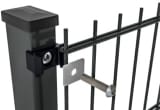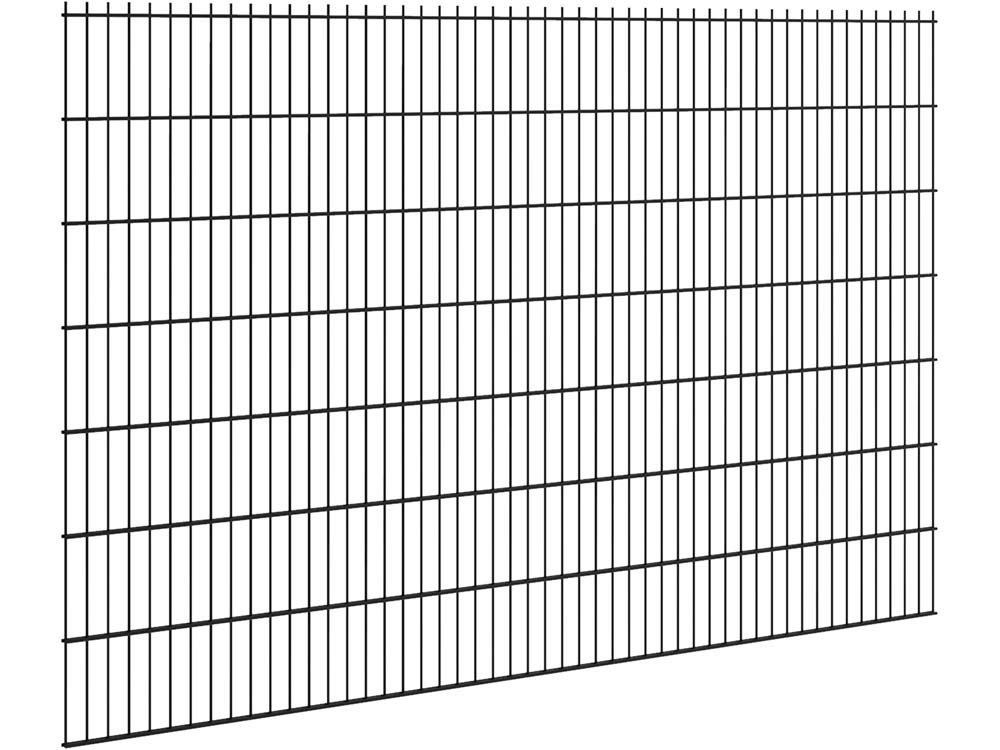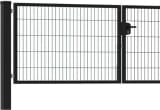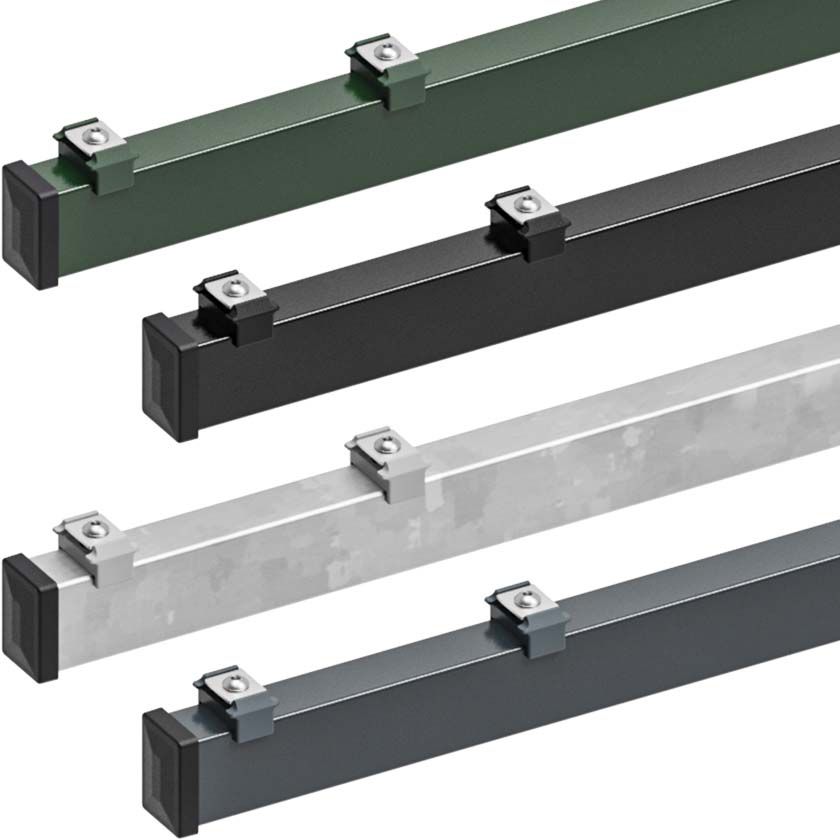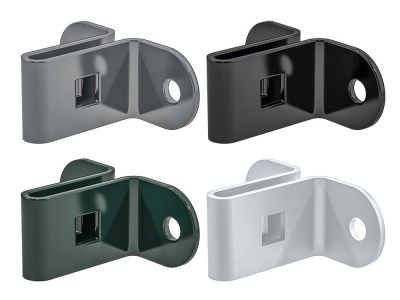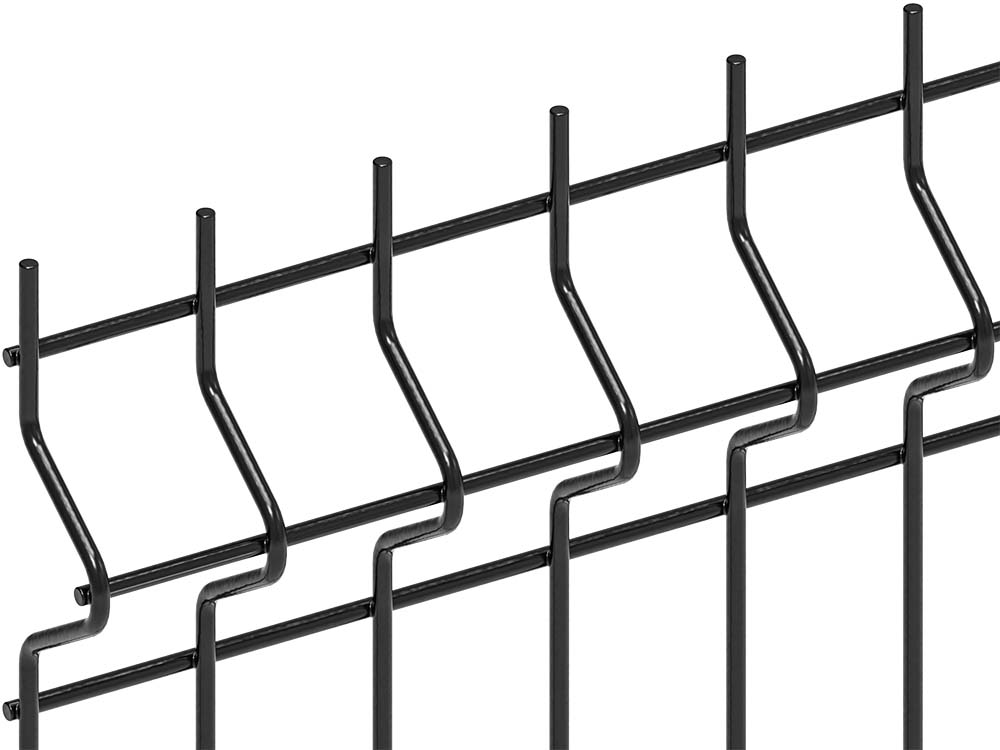Decorative fencing
Decorative Fencing, also commonly referred to as wrought iron fencing, is a type of metal fencing that is known for its ornate and artistic designs.
-
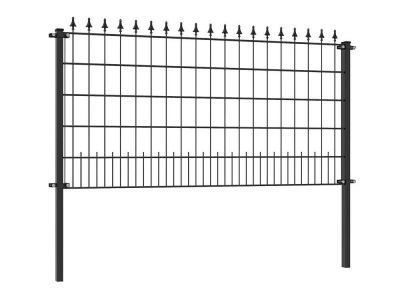
 Complete package
Decorative fence package
Complete package
Decorative fence package- All choices in 1 package
- Customized to your taste
- Order within 2 minutes
From 219.61 -
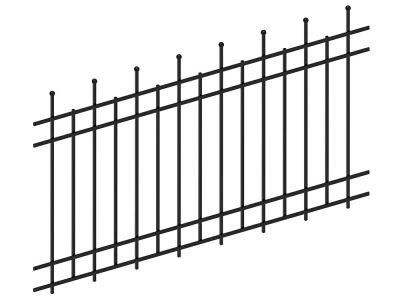
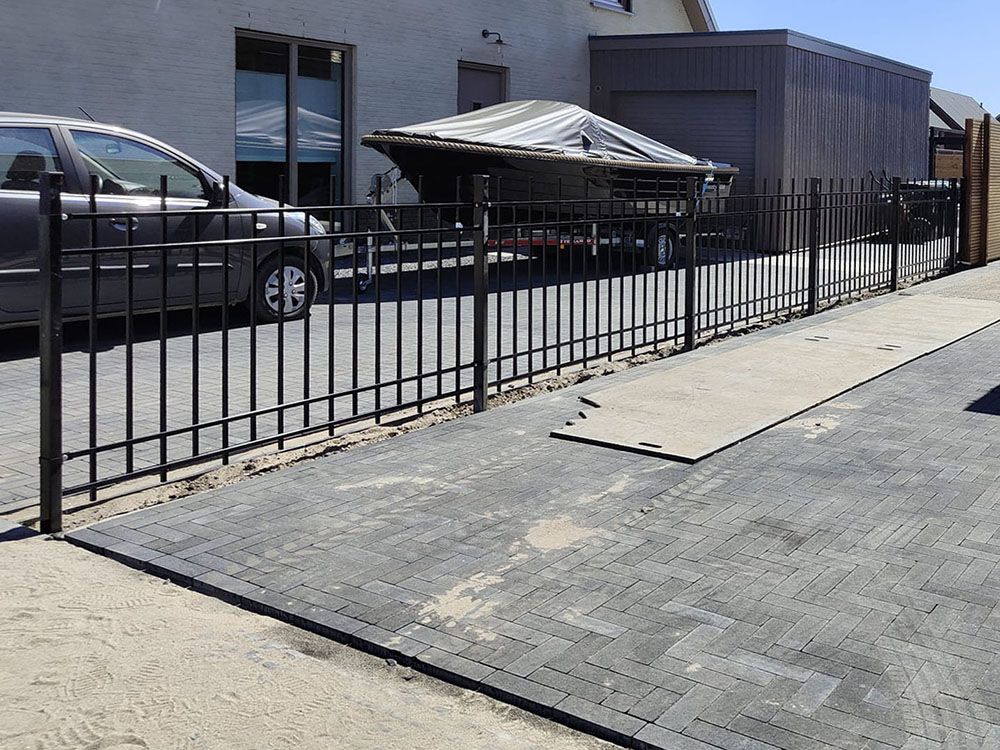 Decorative fence Aurora | Width 200 cm | RAL9005
Decorative fence Aurora | Width 200 cm | RAL9005- Hot dip galvanised
- Available in 2 heights
- Standard width 200 cm
- Black colour
As low as 99.95 -
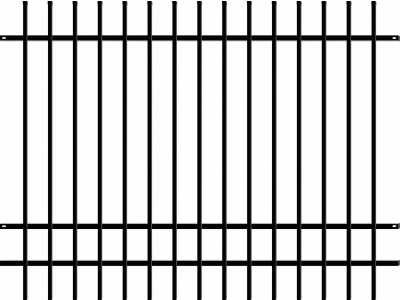
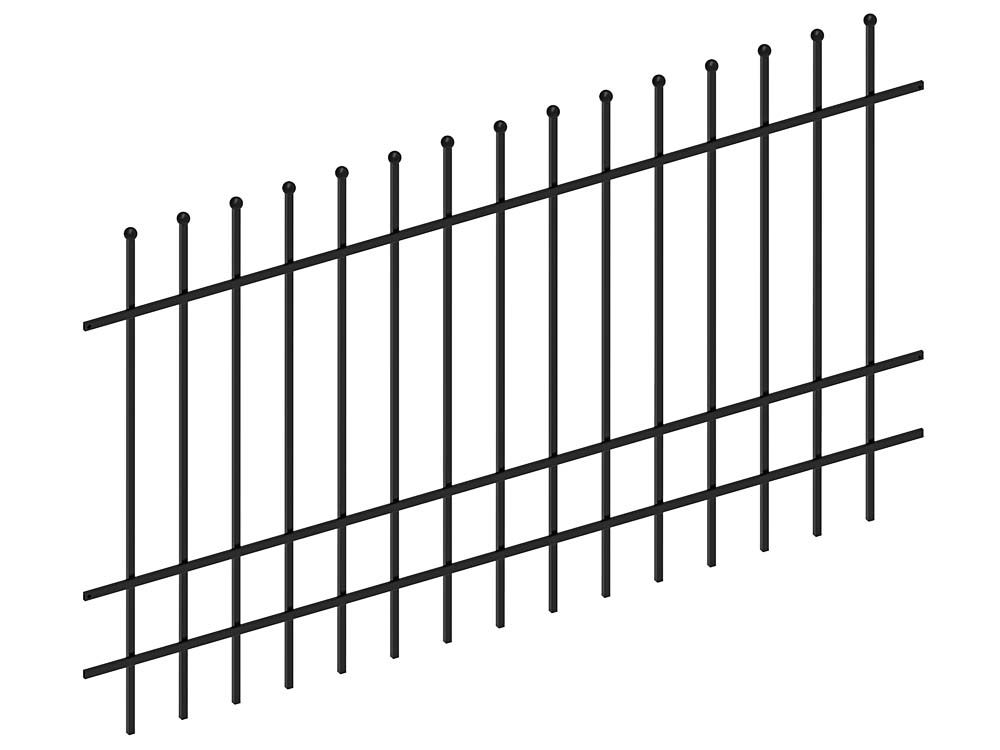 Decorative fence Ceres | Width 200 cm | RAL9005
Decorative fence Ceres | Width 200 cm | RAL9005- Hot dip galvanised
- Available in 2 heights
- Standard width 200 cm
- Black colour
As low as 99.95 -
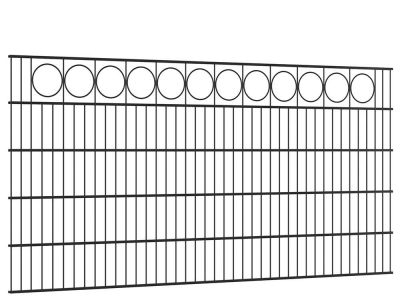 Decorative fence Sol | Width 200 cm | RAL9005
Decorative fence Sol | Width 200 cm | RAL9005- Hot dip galvanised
- Available in 2 heights
- Standard width 200 cm
- Black colour
As low as 119.95 -
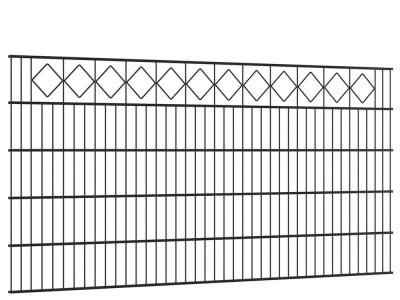 Decorative fence Vesta | Width 200 cm | RAL9005
Decorative fence Vesta | Width 200 cm | RAL9005- Hot dip galvanised
- Available in 2 heights
- Standard width 200 cm
- Black colour
As low as 119.95 -
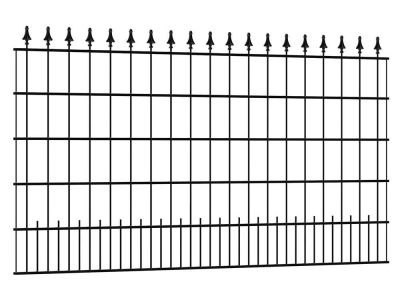
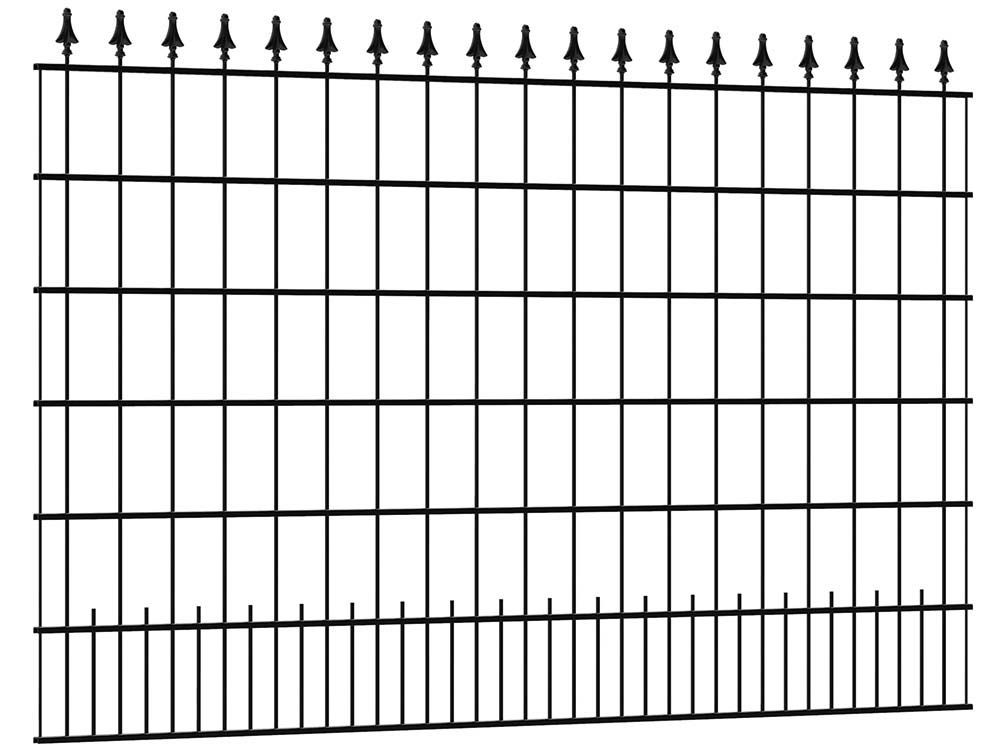 Decorative fence Sagitta | Width 200 cm | RAL9005
Decorative fence Sagitta | Width 200 cm | RAL9005- Hot dip galvanised
- Available in 2 heights
- Standard width 200 cm
- Black colour
As low as 139.95 -
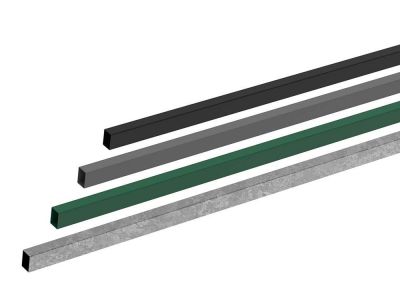
 Fence Post | Ø 60 x 40 mm | Smooth
Fence Post | Ø 60 x 40 mm | Smooth- Rectangular post
- Different length
- Different colours
- Steel ( galvanised & coated )
As low as 21.95 -
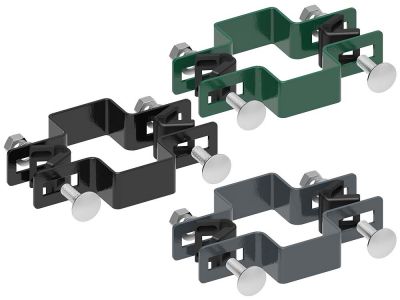 Deluxe bracket | Multi Post Ø 60 x 40 mm | 5 mm
Deluxe bracket | Multi Post Ø 60 x 40 mm | 5 mm- Suitable for Ø 6/5/6
- Wire mesh Ø 5/5 mm fencing
- Suitable for decorative fencing
- Galvanized & coated
As low as £3.95 -
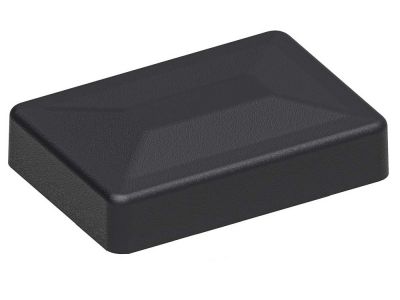
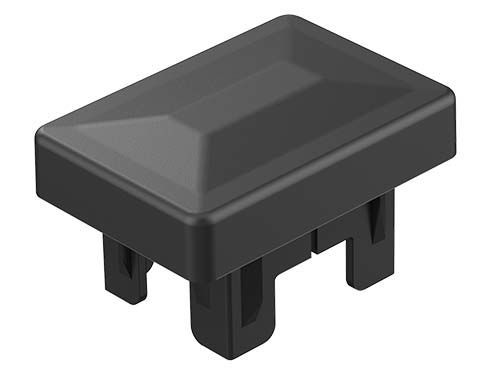
-
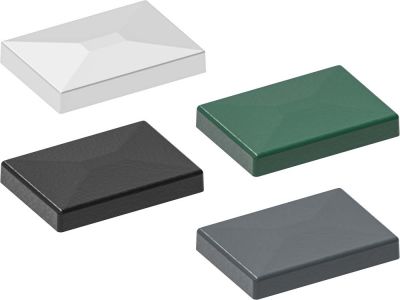
 Aluminium Cap | Post Ø 60 x 40 mm
Aluminium Cap | Post Ø 60 x 40 mm- Available in differen colour
- Alumimium Cap
- For post Ø 60 x 40 mm
- Hot-dip galvanised
As low as 3.50 -
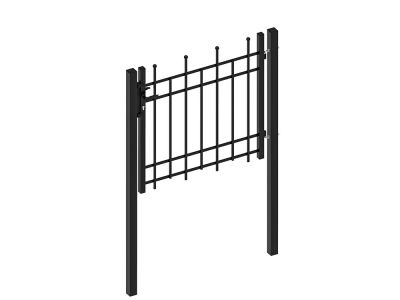
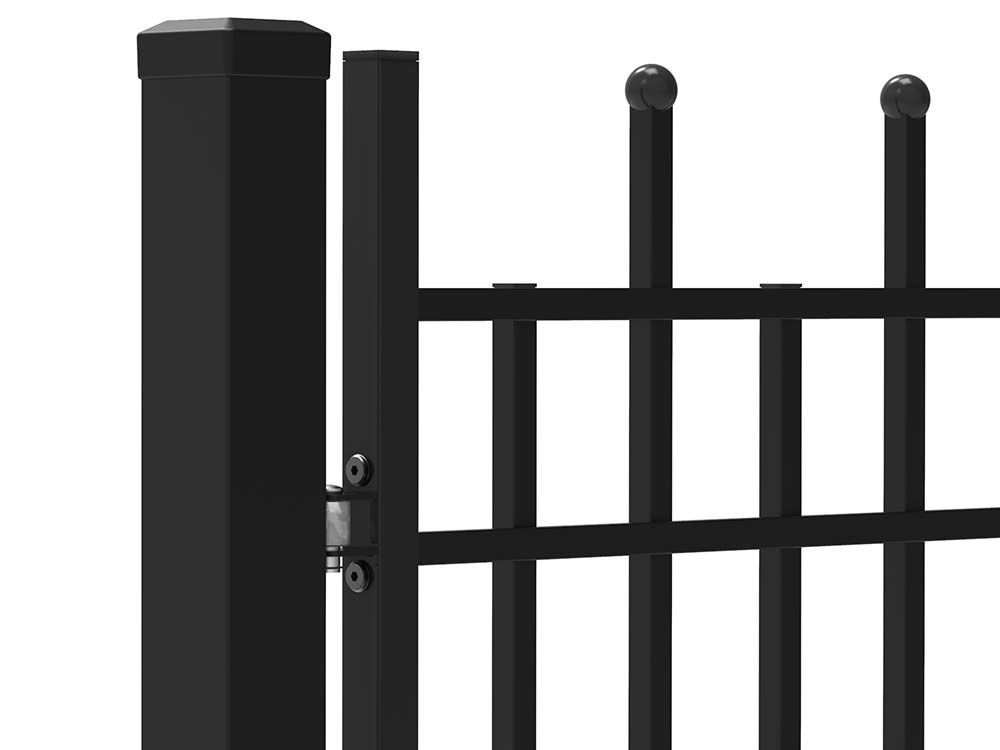 Single decorative gate | Aurora | Width 100 cm | RAL9005
Single decorative gate | Aurora | Width 100 cm | RAL9005- Hot dip galvanised
- Available in different hight
- Standard width 100 cm
- Black colour
As low as 299.95 -
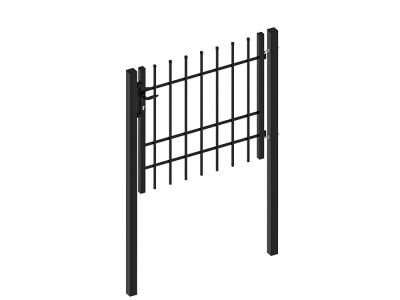
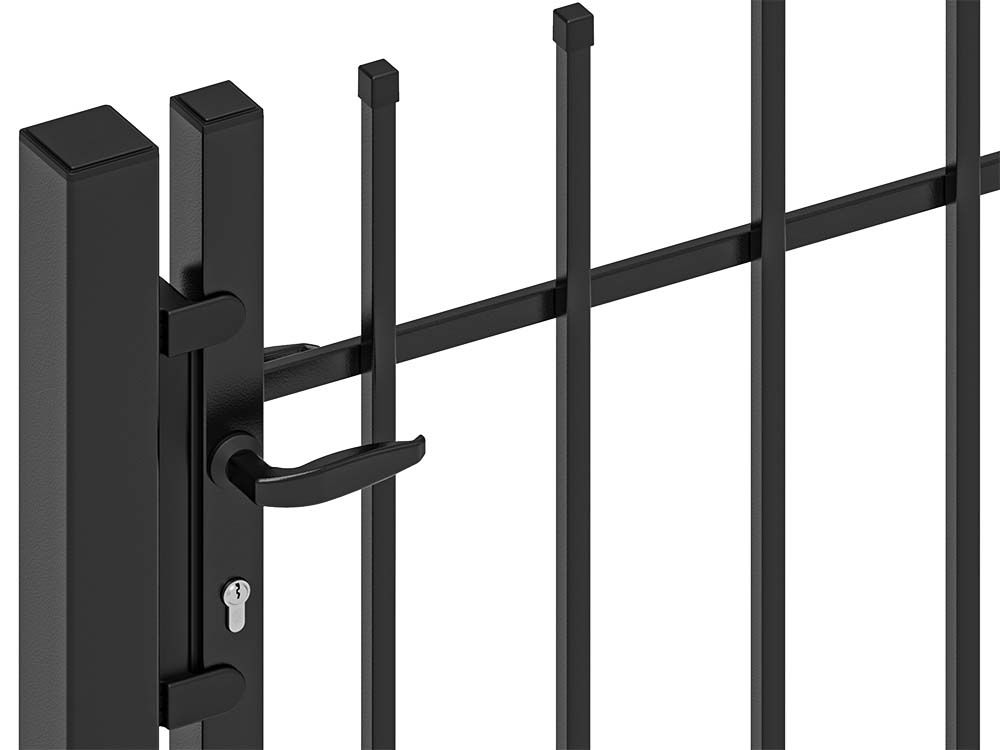 Single decorative gate | Ceres | Width 100 cm | RAL9005
Single decorative gate | Ceres | Width 100 cm | RAL9005- Hot dip galvanised
- Available in 2 heights
- Standard width 100 cm
- Black colour
As low as 279.95 -
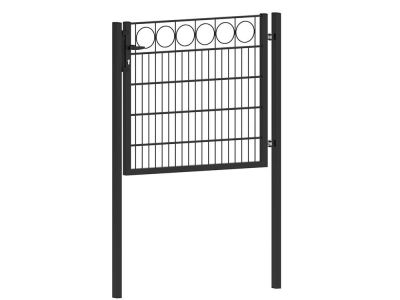
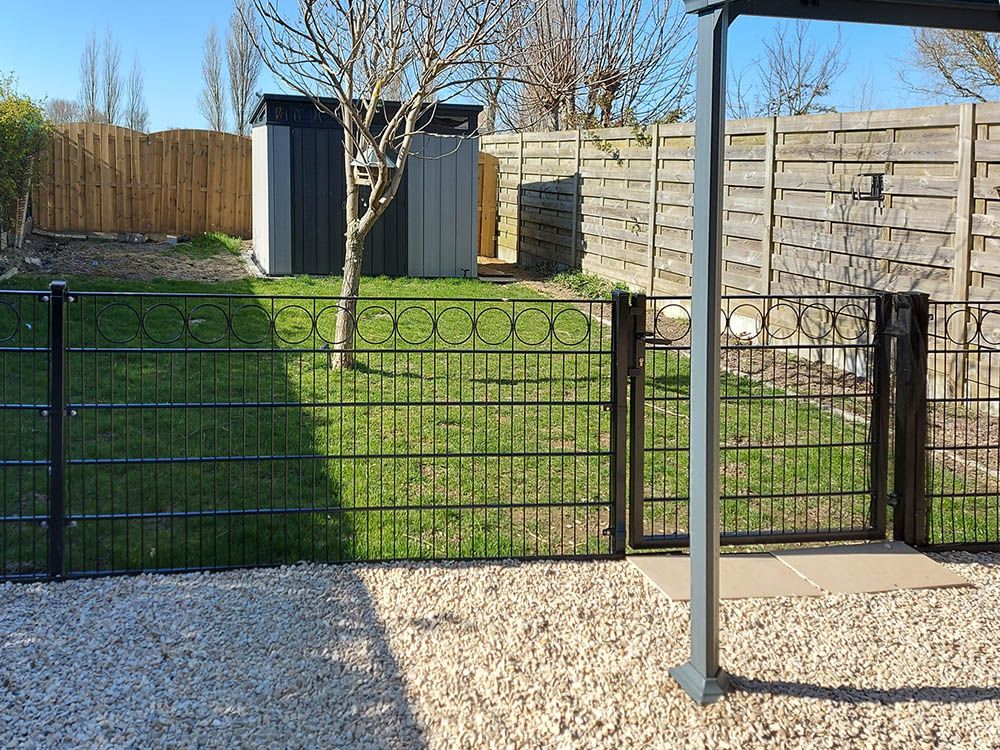 Single decorative gate | Sol | Width 120 cm | RAL9005
Single decorative gate | Sol | Width 120 cm | RAL9005- Hot dip galvanised
- Available in 2 heights
- Standard width 120 cm
- Black colour
As low as 289.95 -
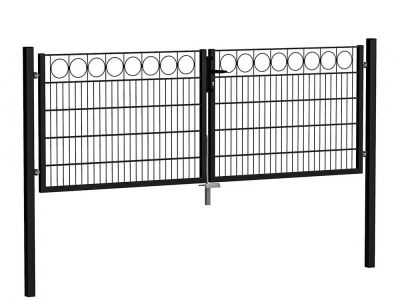
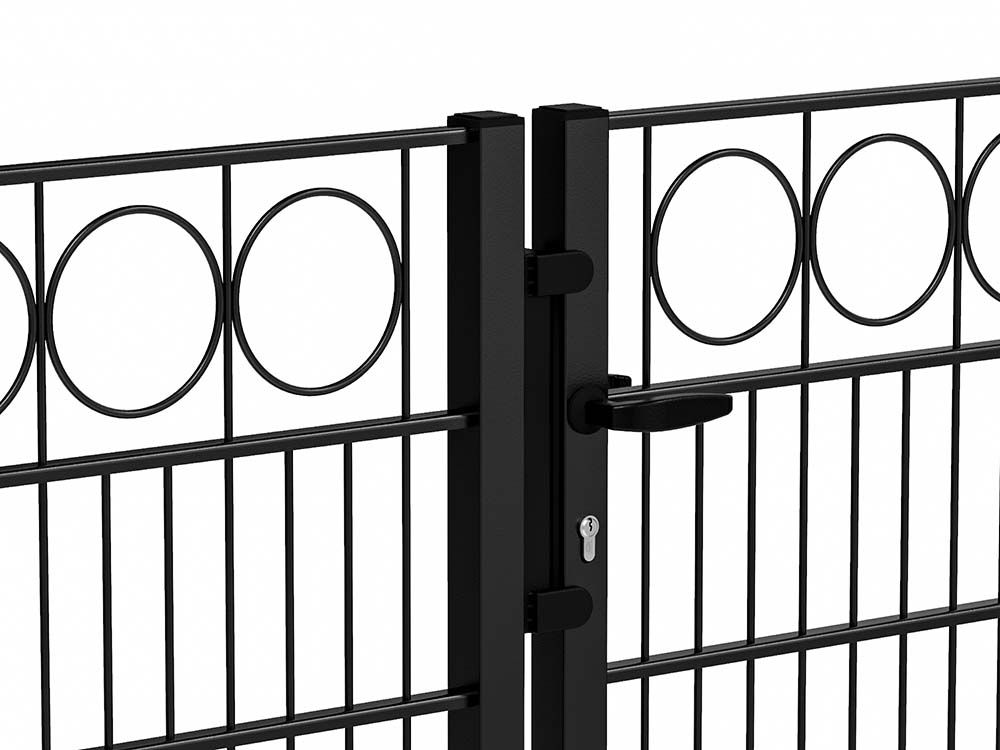 Double decorative gate | Sol | Wide 300 cm | RAL9005
Double decorative gate | Sol | Wide 300 cm | RAL9005- Available in 2 heights
- 300 cm wide
- Black colour
- Hot dip galvanised
As low as 599.95 -
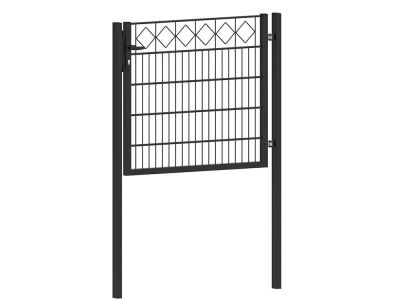
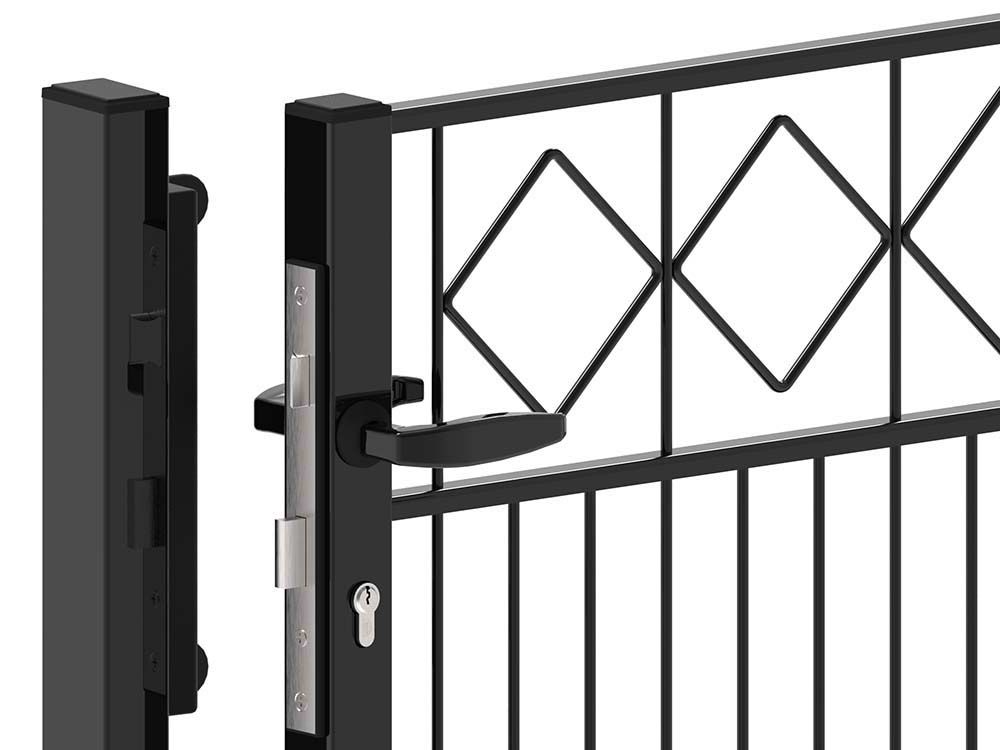 Single decorative gate | Vesta | Width 120 cm | RAL9005
Single decorative gate | Vesta | Width 120 cm | RAL9005- Hot dip galvanised
- Available in 2 heights
- Standard width 120 cm
- Black colour
As low as 259.95 -
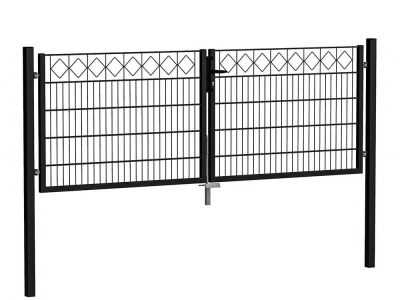
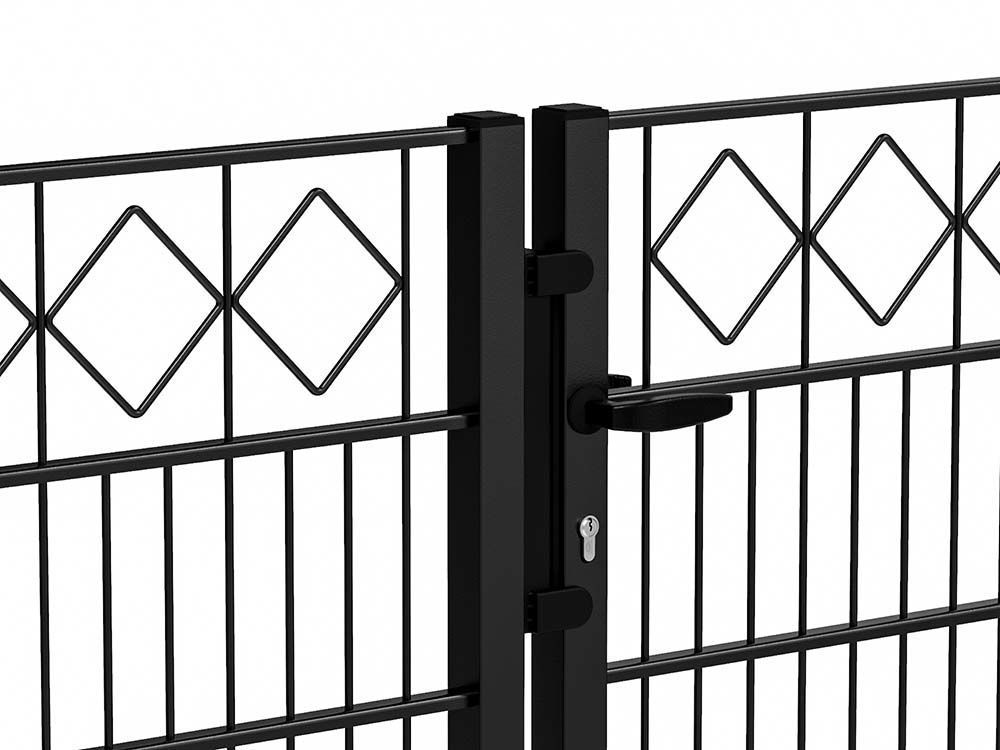 Double decorative gate | Vesta | Width 300 cm | RAL9005
Double decorative gate | Vesta | Width 300 cm | RAL9005- Available in 2 heights
- 300 cm wide
- Black colour
- Hot dip galvanised
As low as 599.95 -
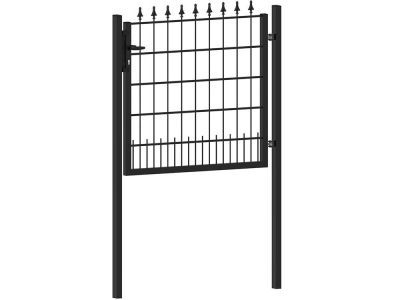
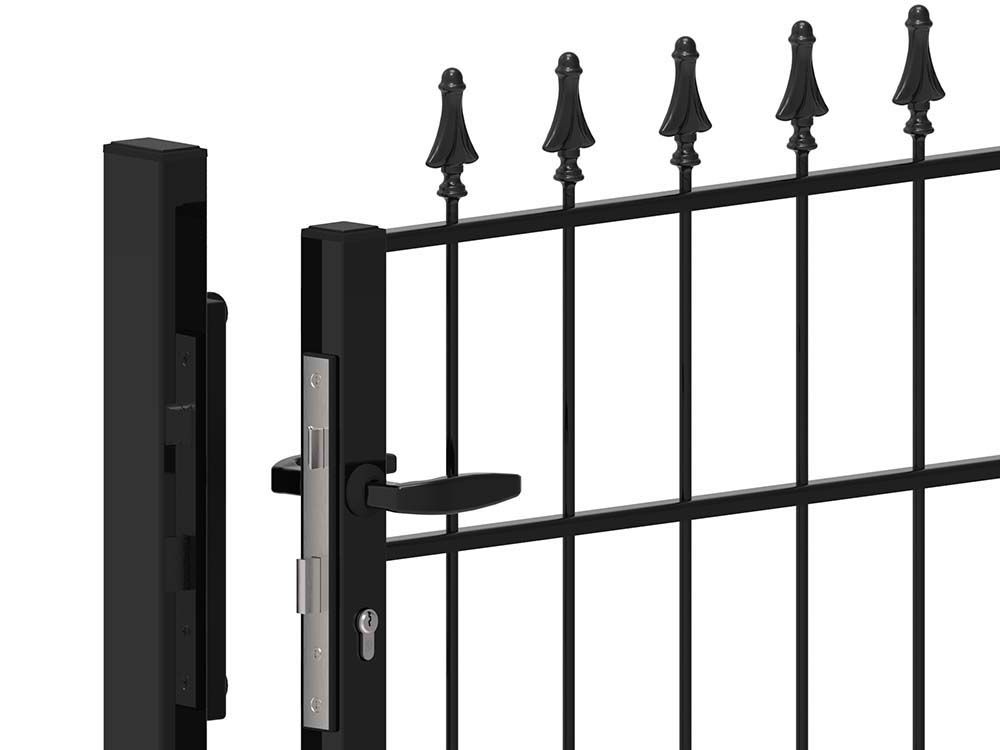 Single decorative gate | Sagitta | Width 120 cm
Single decorative gate | Sagitta | Width 120 cm- Hot dip galvanised
- Available in 2 heights
- Standard width 120 cm
- Black colour
As low as 299.95 -
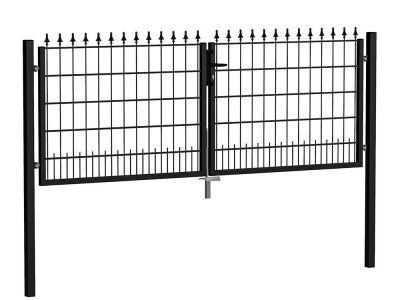
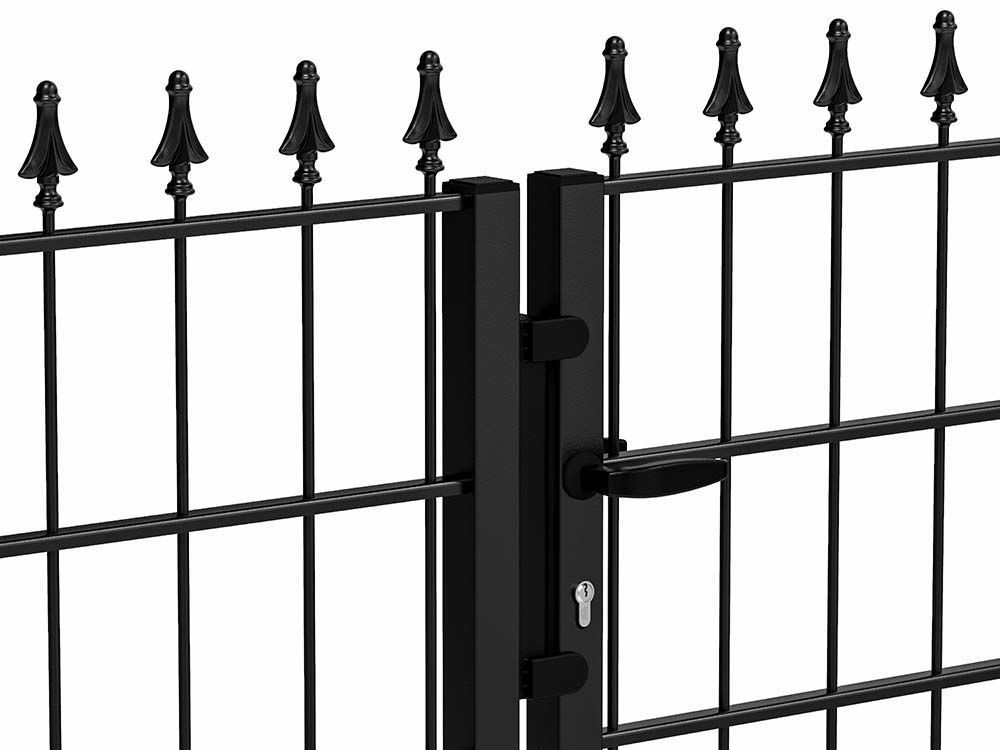 Double decorative gate | Sagitta | Width 300 cm | RAL9005
Double decorative gate | Sagitta | Width 300 cm | RAL9005- Available in 2 heights
- 300 cm wide
- Black colour
- Hot dip galvanised
As low as 699.95
